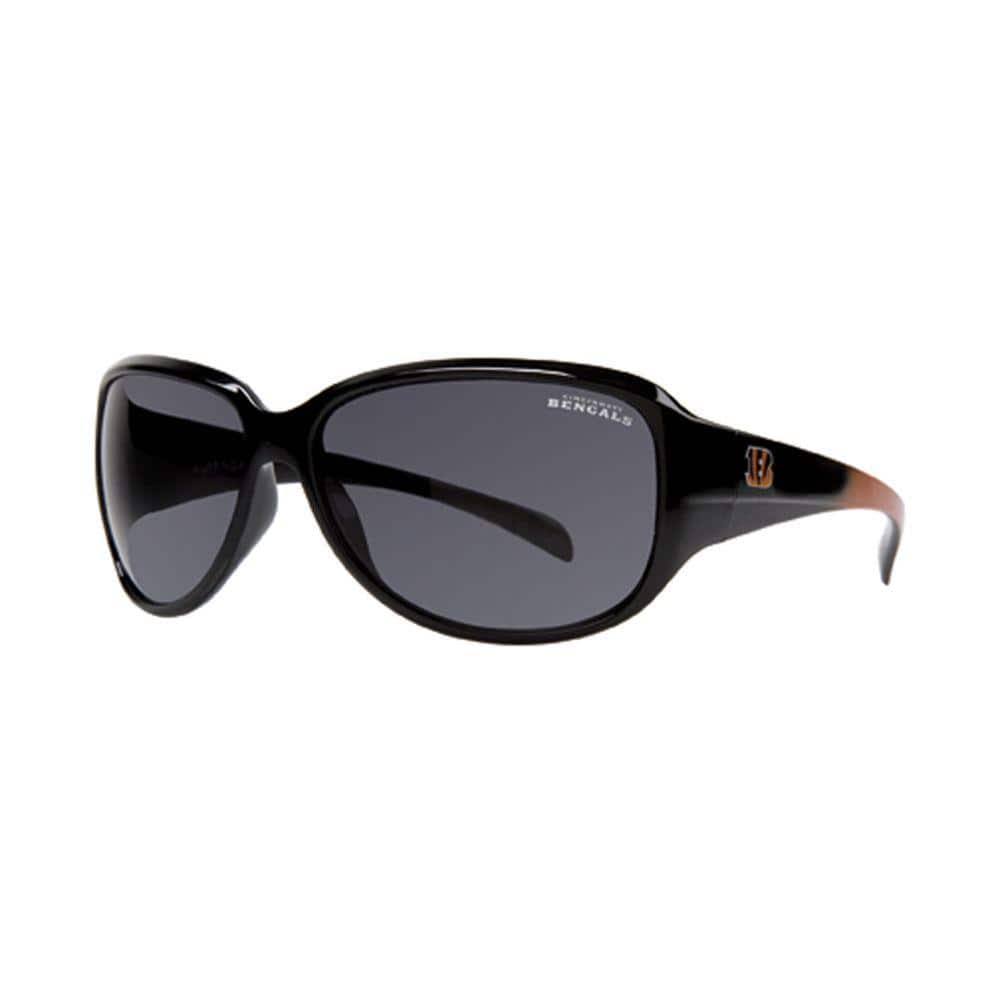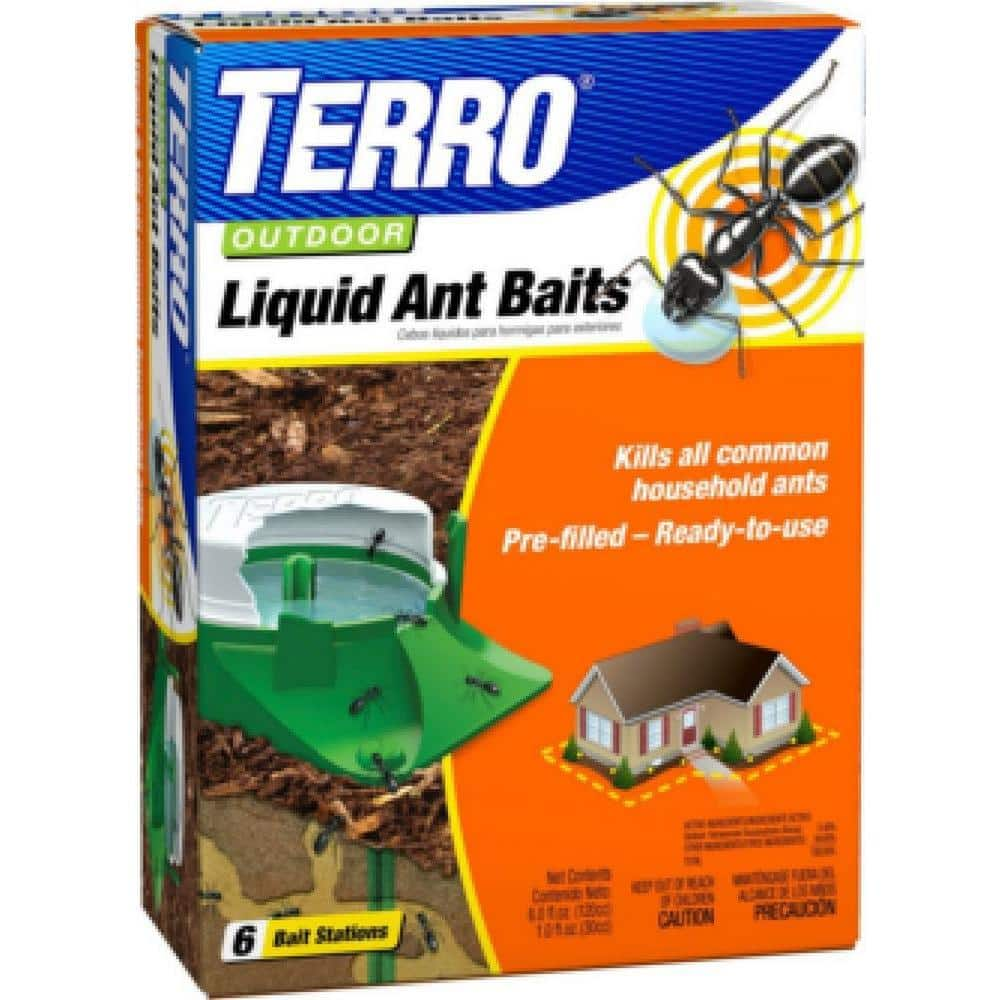How to Get Rid of Grubs

Last updated April 15, 2024
Grubs are serious pests and can kill your lawn. Ravenous from day one, they live to do nothing but eat. They eat the roots and the stems of your lawn grasses. This kills your grass until it turns into ugly brown patches. Unless you control the grubs in spring, they’ll infest your entire lawn by summer’s end. Unattended grubs turn into beetles that can destroy your plants and flowers.
You can be proactive to prevent and protect against grubs. This guide details how to identify and get rid of grubs in your lawn.
Table of Contents
How to Spot Grubs
Grub Control Products & Considerations
How to Get Rid of Grubs in Your Lawn
How to Spot Grubs

Do you find yourself struggling with rodents? Skunks, raccoons, moles and birds love grubs. If you've noticed animals digging up your lawn, grubs may be to blame.
Hard-shelled beetles infest the ground with their larvae, known as grubs. The most common types of beetles are Japanese beetles, chafers and June bugs. Their larvae are often white or yellow. Some say they look like cooked macaroni. They are C-shaped, have soft bodies, and legs near the head.
Most of the time, these larvae are what animals are looking for in your lawn. If you have problems with critters like skunks and raccoons in your lawn, they're likely digging for grubs.
Grubs eat the roots of garden plants and lawn grasses. Late June is when grub eggs are laid, so pay extra attention at summer's start.
If you have brown grass patches, look for pencil-thin holes on the soil surface. Or lift the sod to see if any are just beneath the surface. Look for grubs at night, on top of the soil. More than 10 grubs per square foot is a bad sign. Healthy turf won't sustain damage from less than four grubs per square foot.
If the digging critters lead to grubs, luckily, it's a double whammy. When you control the grubs, you control the animals digging up your lawn. It's a win-win situation to save your lawn.
Grub Control Products & Considerations

Experts recommend an integrated pest management (IPM) program. It's sometimes called Integrated Pest Control (IPC). This program uses a combo of methods. It includes preventative measures, regular monitoring, environmentally friendly control, and pesticides (when used responsibly).
The first step is to maintain a healthy lawn and garden by building up healthy soil and routinely scouting for and treating pests. A healthy lawn is better able to resist pest and disease pressure.
Keep your lawn mowed to 3 to 4 inches high and use fertilizer to build up a healthy root system.
Simple steps to try to control grubs include applying beneficial nematodes. Nematodes are microscopic worms. As larvae, nematodes will eat grubs.
Castor oil granules can be spread over your lawn to control pests like moles, voles and raccoons that are seeking grubs. Organic neem oil can be applied to garden plants to discourage beetles. This keeps them from reproducing and infesting with larvae. Milky spore is another organic product used to control pests like grubs. It's only effective against Japanese beetle grubs, however.
How to Get Rid of Grubs in Your Lawn

If these methods don't work, choose a synthetic product that works for you. Once an outbreak has occurred, try using an insecticide. Merit or Mach-2 products prevent grubs in the egg stage. Dylox or Sevin can be used once larvae are present. If it's a new lawn, wait until it's established before applying any chemicals.
Insecticides are dangerous. If possible, they should be handled by a licensed pesticide applicator. Protect pollinators, like bees, by only applying product when flowers (including weeds) aren't in bloom. If weeds are in bloom, mow your lawn first so bees don't ingest the chemicals.
Granular products are easy to apply with a drop spreader. A drop spreader is made up of a bucket-type container. It's mounted on two wheels with a raised handle to push. As you walk on your lawn, the spreader drops the product directly on the ground.
Liquid base or soluble crystals you mix and apply are sprayed onto the lawn. Adjust your spreader to the application rate recommended on the package.
Apply product to a dry lawn. Make sure your sprinklers are turned off. Beetles lay eggs in moist, irrigated soil. A preventative measure is to avoid watering your lawn during dry spells. Your lawn may turn brown and go dormant. But it stops a grub infestation from happening and it's natural.
Wear safety glasses and a face mask or respirator mask to protect against granule dust. Fill the hopper with grub killer. Carefully apply grub killer to the entire lawn. Water heavily to activate the product. Try not to allow water to run off into other areas. Keep kids and pets off the lawn until the grass has dried. Return leftover grub killer to the original container. Store in a cool, dry place away from children and pets. Learn more about proper chemical storage.
Ready to prevent or get rid of grubs on your lawn? The Home Depot delivers online orders when and where you need them.




































